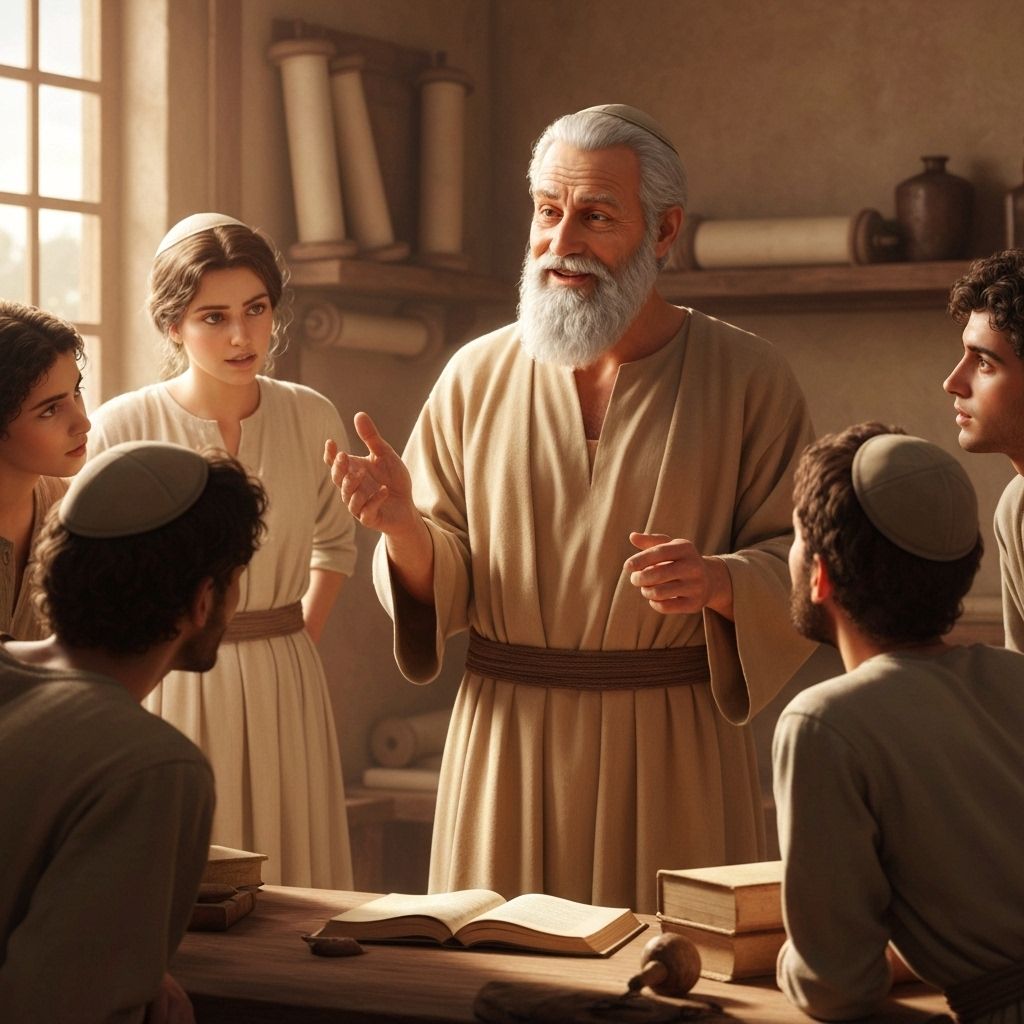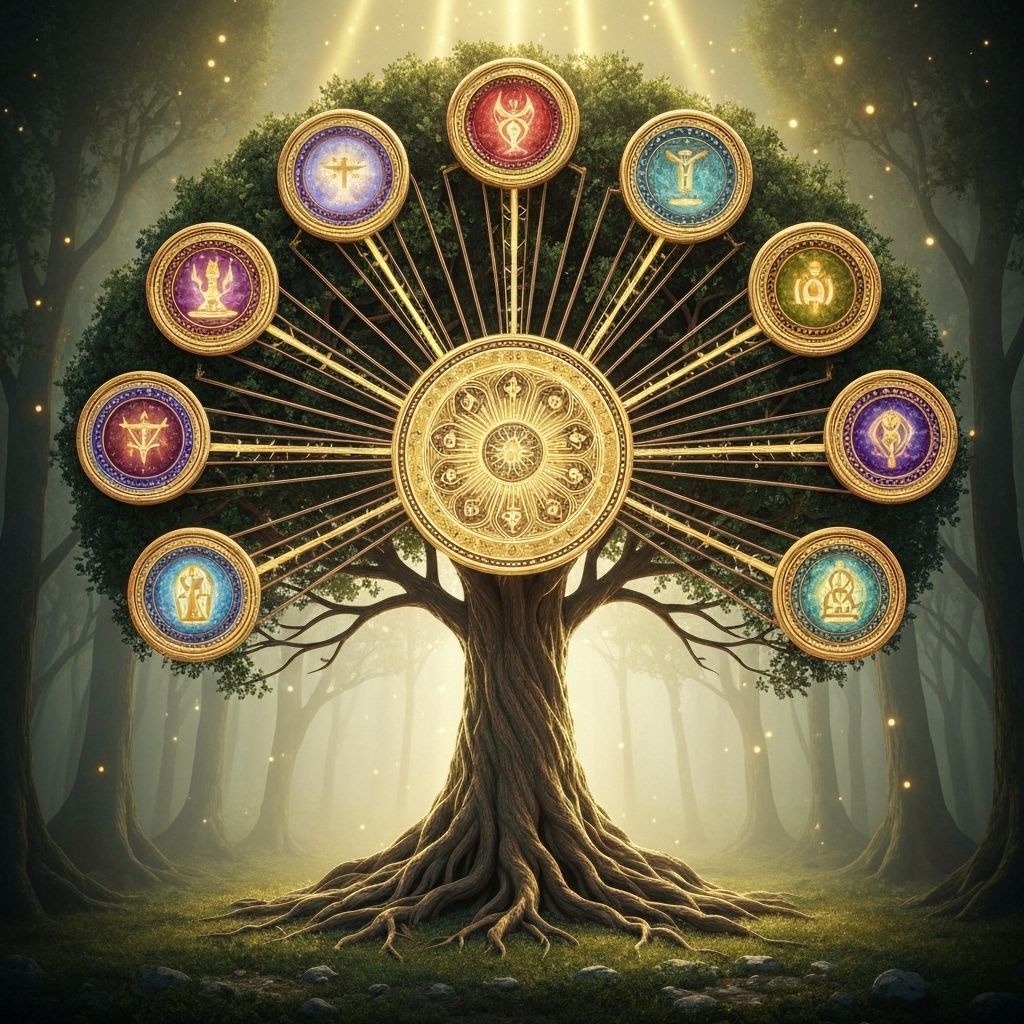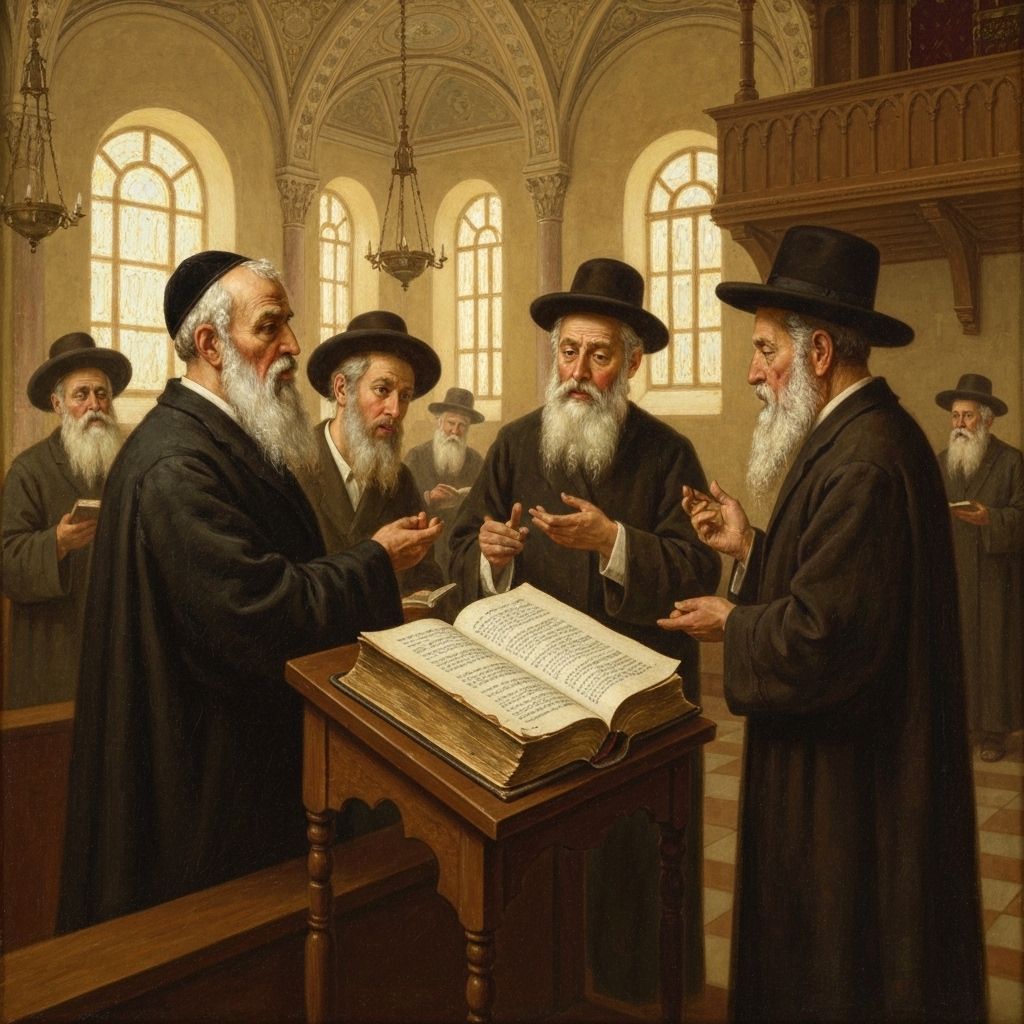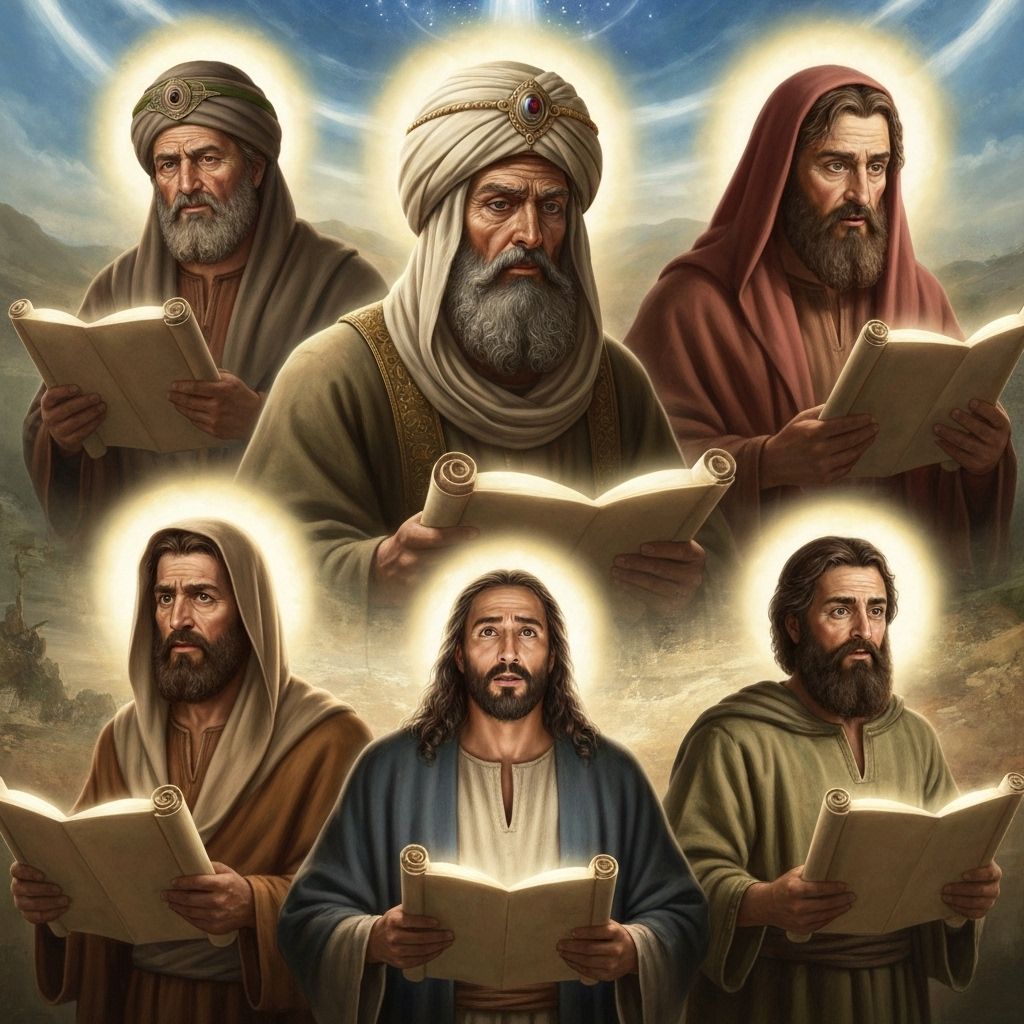3-Minute Summary
The Words of the Torah Explained with Help from Rashi and Ramban
Rashi (1040-1105) was a medieval French rabbi whose commentary on the Torah and Talmud is considered essential reading. His explanations focus on the plain meaning of the text and are known for their clarity and accessibility.
Ramban (1194-1270) was a Spanish rabbi, physician, and philosopher who provided deeper mystical and philosophical insights into the Torah, often building upon Rashi's work while adding his own profound interpretations.
Parsha Vaetchanan contains some of the most fundamental and frequently recited passages in Jewish tradition. Moses reviews the giving of the Ten Commandments at Mount Sinai, emphasizing that the people heard God's voice but saw no form - establishing the absolute oneness and incorporeality of God.
Moses recounts his unsuccessful plea to God to allow him to enter the Promised Land, demonstrating that even the greatest leaders must accept divine decree. God responds that Moses may see the land from Mount Pisgah, but Joshua will lead the people across the Jordan.
The parsha includes the Shema (Deuteronomy 6:4-9), the fundamental declaration of God's unity and the commandment to love God with all one's heart, soul, and might. This is followed by the requirement to teach these words diligently to one's children and to bind them as signs on one's hand and forehead.
Moses warns against the temptations of idolatry and false prophets, emphasizing that true prophecy must be consistent with the Sinai revelation and must come to pass.








